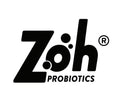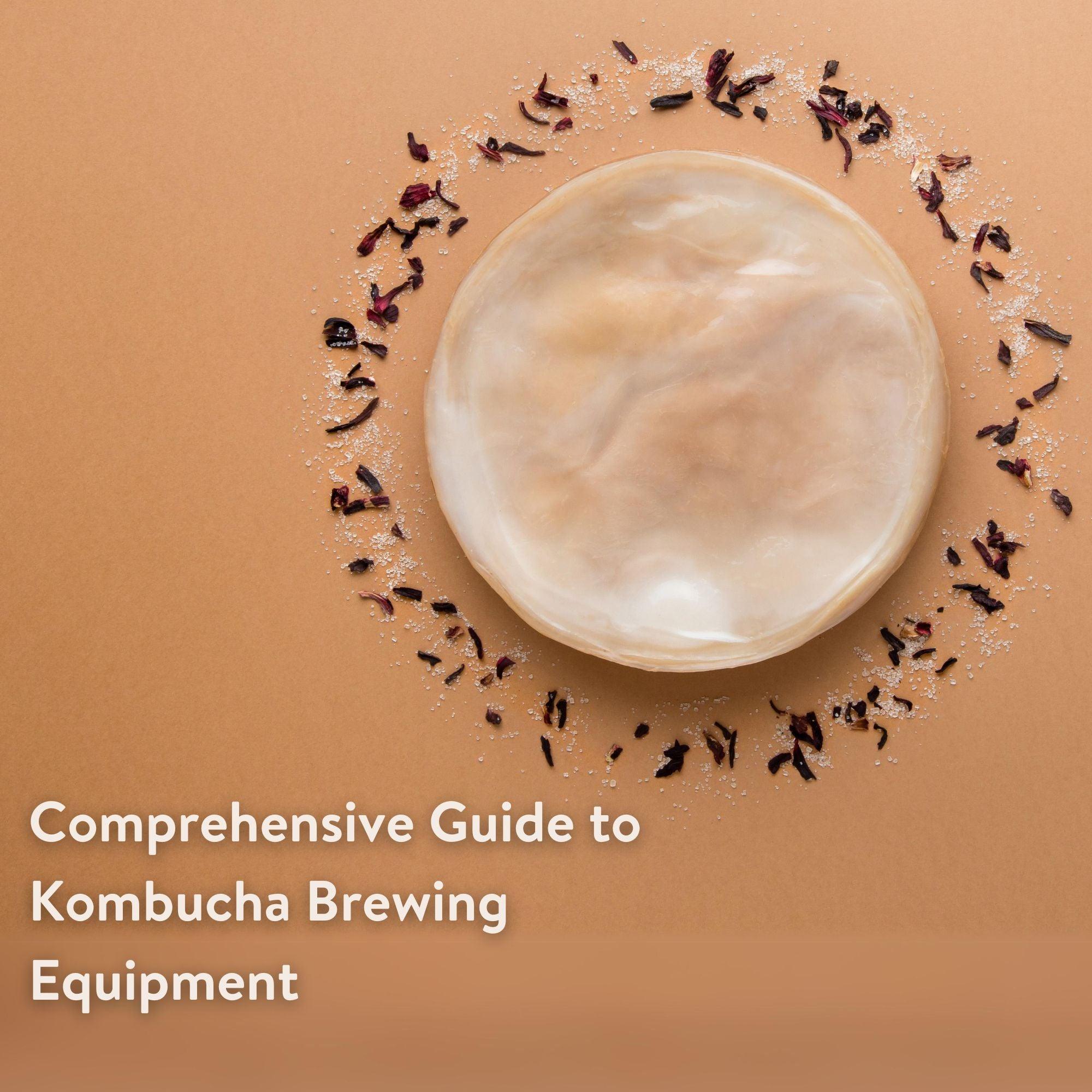As we delve further into the remarkable microbial diversity in milk kefir, we now cast the spotlight on Debaryomyces and Issatchenkia yeasts. Integral to the fermentation process, these yeasts influence the beverage's distinct characteristics and contribute to its extensive health advantages. Let's deepen our understanding of the complexities and benefits these yeasts provide within the milk kefir ecosystem.
Table Summary
| Microorganism | Key Health Benefits |
|---|---|
| Debaryomyces hansenii/C. famata | Enhances flavor, Contributes to ripening of cheese |
| Deb. [Schwanniomyces] occidentalis | Enhances flavor, Possible probiotic properties |
| Issatchenkia orientalis/C. krusei | Enhances flavor, Antimicrobial properties |
The Beneficial Impact of Debaryomyces and Issatchenkia Species on Health
Debaryomyces hansenii/Candida famata
D. hansenii, also known as Candida famata, plays a critical role in the fermentation process of various dairy products, including kefir and cheese.
-
Enhances Flavor: D. hansenii contributes to the unique flavor profile of fermented beverages like kefir. It helps generate various flavor compounds, enriching the overall taste experience8.(1).
-
Contributes to Ripening of Cheese: D. hansenii is recognized for its role in the ripening process of cheese, contributing to the development of its distinctive taste and texture8.(2).
Debaryomyces [Schwanniomyces] occidentalis
D. occidentalis is another important yeast present in the kefir grain microbiota.
-
Enhances Flavor: Like D. hansenii, D. occidentalis contributes to the taste profile of kefir and other fermented beverages by generating different flavor compounds8.(3).
-
Potential Probiotic Properties: Preliminary research suggests that D. occidentalis may have probiotic properties, potentially contributing to gut health. More research is required to confirm these benefits8.(4).
Issatchenkia orientalis/Candida krusei
I. orientalis, also known as Candida krusei, is frequently found in fermented milk products like kefir.
-
Enhances Flavor: I. orientalis contributes to the complex flavor profile of kefir by producing a variety of aromatic compounds8.(5).
-
Antimicrobial Properties: I. orientalis is known for its antimicrobial activity, potentially offering protection against harmful microorganisms. This attribute contributes to the overall health benefits of consuming kefir8.(6).
Unraveling the intricacies of Debaryomyces and Issatchenkia yeasts in milk kefir has hopefully enriched your understanding of their vital role. As we continue to decode the diverse microbiota of milk kefir in our series, join us for the next part where we explore Galactomyces and Saccharomyces yeasts, another intriguing duo in this probiotic powerhouse. Stay tuned!
References
8.(1) Varela, C., & Borneman, A. R. (2017). Yeasts found in vineyards and wineries. Yeast, 34(3), 111-128.
8.(2) Succi, M., Pannella, G., & Tremonte, P. (2017). Yeasts in foods and beverages: Impact on product quality and safety. Current Opinion in Food Science, 14, 61-69.
8.(3) Zott, K., Miot-Sertier, C., Claisse, O., Lonvaud-Funel, A., & Masneuf-Pomarede, I. (2008). Dynamics and diversity of non-Saccharomyces yeasts during the early stages in winemaking. International journal of food microbiology, 125(2), 197-203.
8.(4) Tamang, J. P., Watanabe, K., & Holzapfel, W. H. (2016). Review: Diversity of microorganisms in global fermented foods and beverages. Frontiers in microbiology, 7, 377.
8.(5) Iraporda, C., Abatemarco Júnior, M., Neumann, E., Nunes, Á. C., Nicoli, J. R., Abraham, A. G., & Garrote, G. L. (2015). Biological activity of the non-microbial fraction of kefir: antagonism against intestinal pathogens. Journal of dairy research, 84(3), 339-345.
8.(6) Rosa, D. D., Dias, M. M. S., Grzeskowiak, Ł. M., Reis, S. A., Conceição, L. L., & Peluzio, M. D. C. G. (2017). Milk kefir: nutritional, microbiological and health benefits. Nutrition research reviews, 30(1), 82-96.



